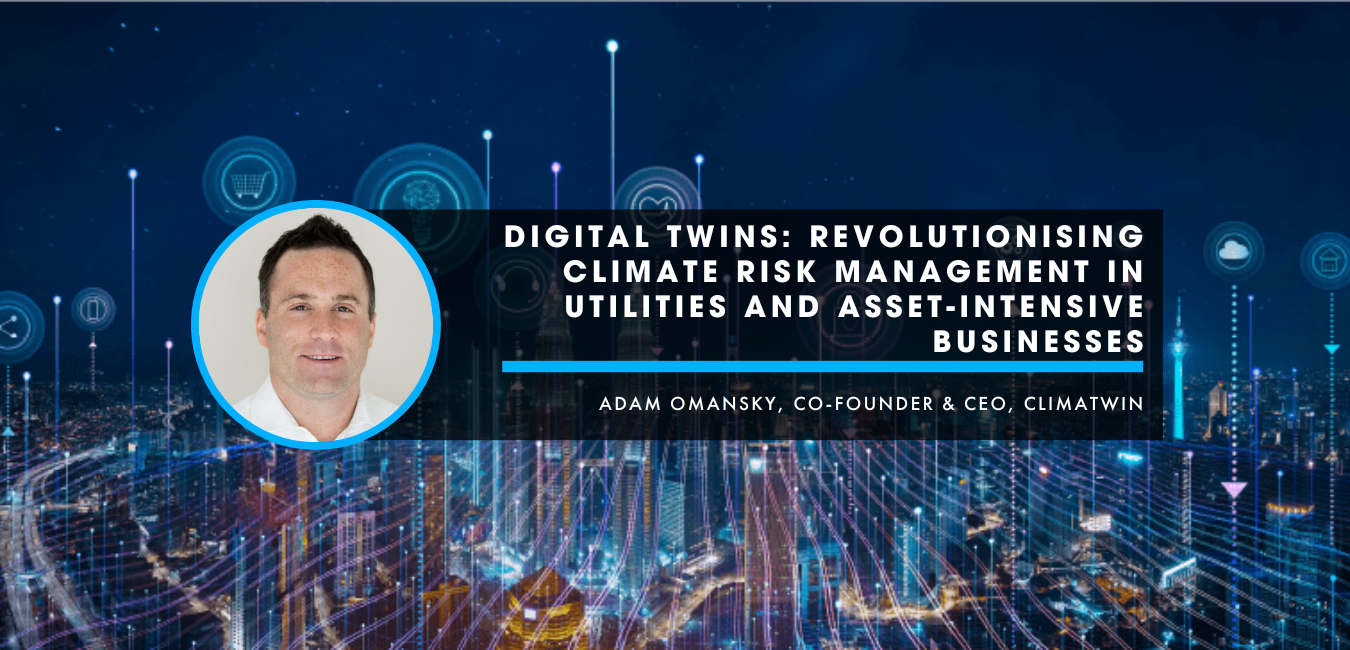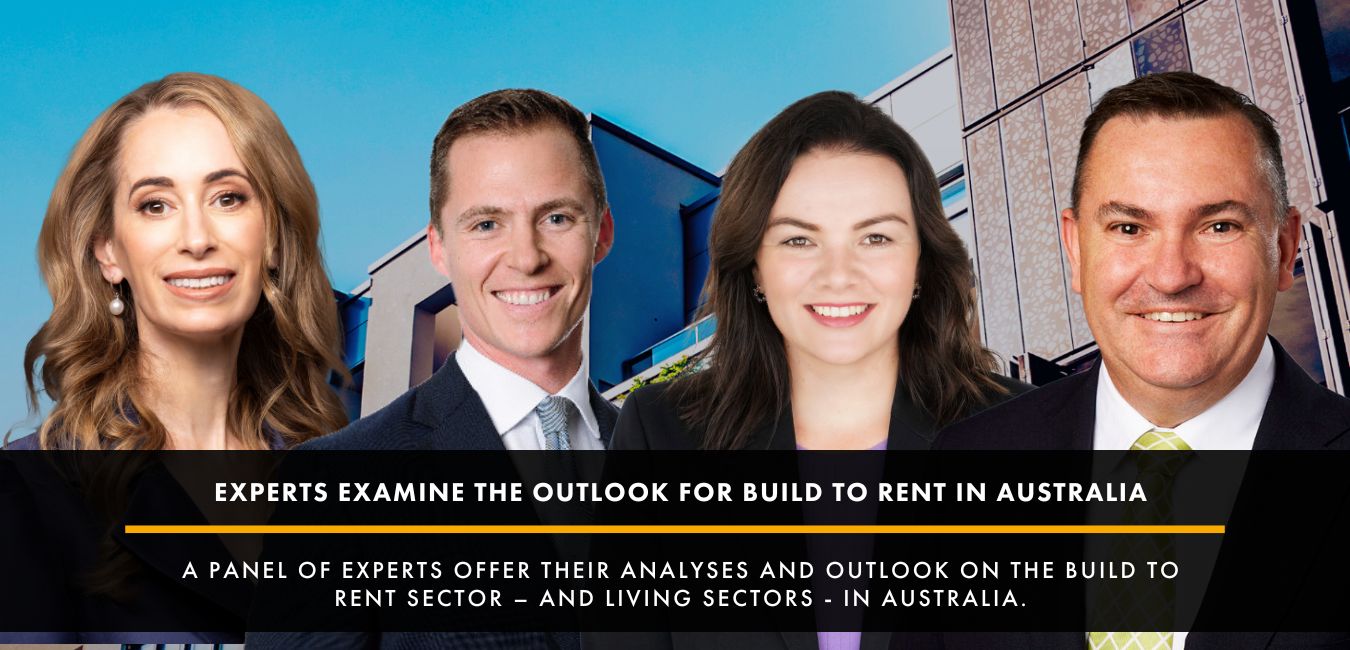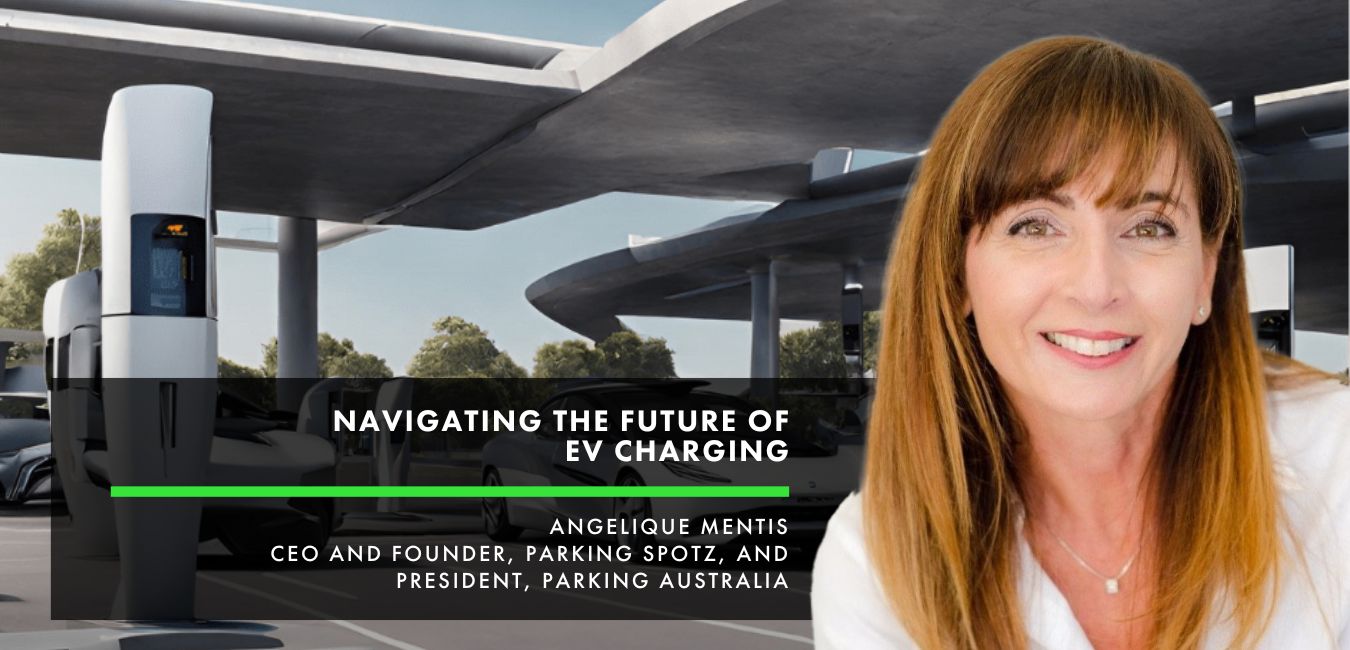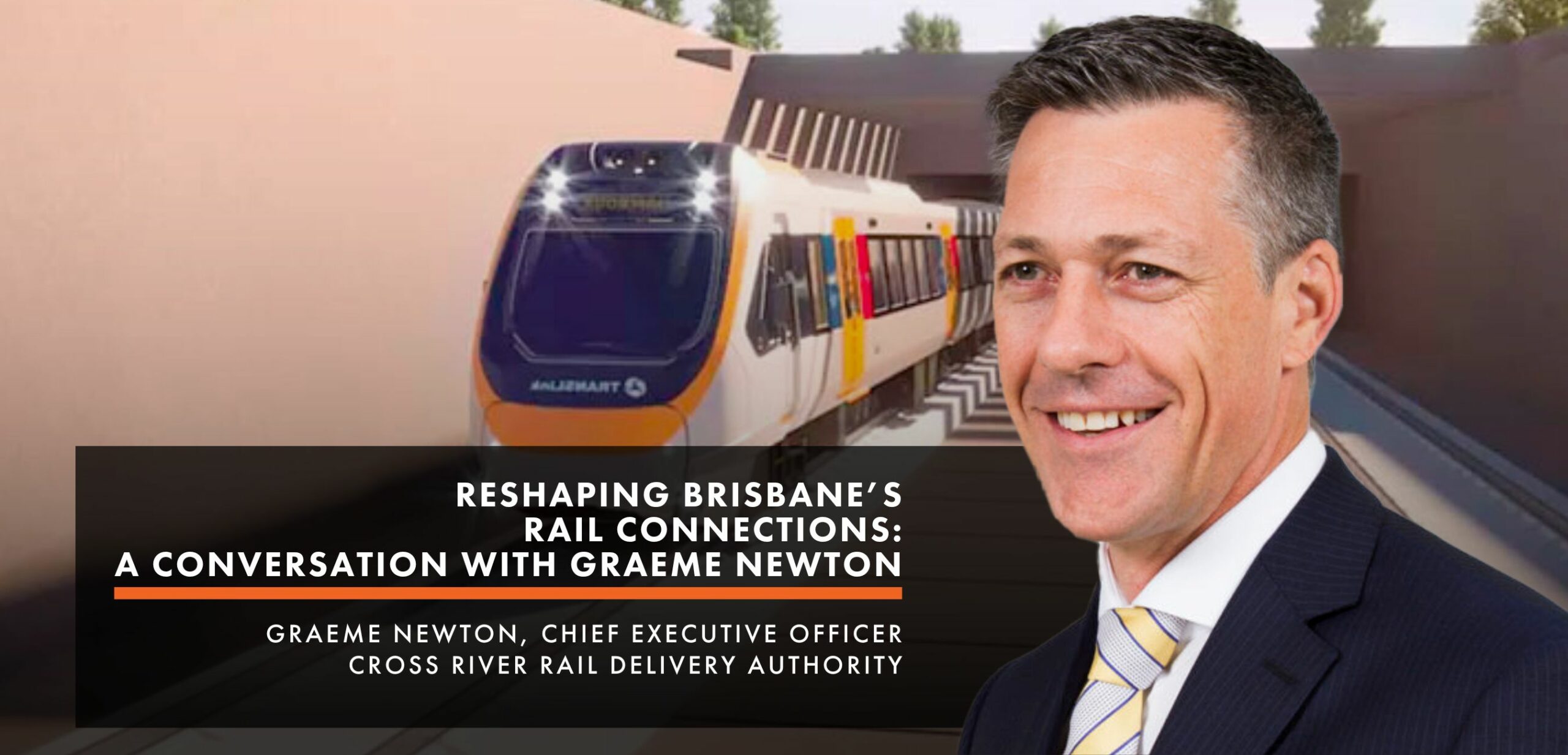FuturePlace Interview Spotlight, Adam Omansky
FuturePlace recently interviewed twinning innovator from the USA – Adam Omansky, co-founder and CEO of ClimaTwin where he shared his insights on how digital twins can revolutionise climate risk management in utilities and asset-intensive businesses. He also shared some insights on how his solution ‘ClimaTwin Solutions’ connects complex climate models and infrastructure digital twins.
FuturePlace: Climate adaptation planning is now a big deal for all businesses. Digital twins have traditionally been used for developing and managing asset performance. Using that strategy for climate risk and resiliency is a major innovation.
Adam Omansky: Adaptation planning is critical for the short-, medium-, and long-term survival of all commerce. Businesses rely on critical infrastructure and their assets in order to bring the entity’s delivery of goods and services to the market. Additionally, market-makers and regulators are increasingly requiring disclosure of long-term resiliency to create more transparent markets. Digital twins have been a significant breakthrough in space by allowing ClimaTwin, to more precisely layer our impact analysis on not only an asset holistically but each component part. This allows our customers to make thoughtful resiliency spend prioritization decisions and allows for pinpoint insights.
FuturePlace: We can imagine using historical data for visualizing and mitigating future risks. That is the traditional approach. How does your approach improve on that?
Adam Omansky: Assumptions about the future impact of climate on assets rely on a theory of stationarity – in other words, a largely unchanging climate that is cyclical over generations. While this may have been true for a time, it ignores the very real impact that increasing GHG emissions have on the climate. Therefore, ClimaTwin leverages a combination of the world’s most sophisticated global climate models and our own proprietary ensemble models to better understand future impacts when considering different GHG emission scenarios, land use scenarios, etc. Simply put, the past is no longer an adequate indicator of the future for purposes of business continuity, mitigation, prioritization, or investment decisions.
FuturePlace: What kind of interventions would a digital twin for climate change adaptation be useful for and how would you assess the impact of those interventions?
Adam Omansky: By connecting complex climate models and infrastructure digital twins, our solution enables owner-operators, financial services, insurers, engineers, and others to aggregate, visualize, and analyze disparate datasets, revealing site-specific insights at the hyper-local scale of assets. We help decision-makers prioritize resiliency spending, drive transparency in investment decisions, and implement adaptive risk management strategies. Decision types include accept/reject — is it cost-effective to retrofit or replace; design – which site, size or design is most cost-effective; and priority/ranking – which option is most cost-effective.
FuturePlace: Is your product designed to connect with other digital twins to give a more complete asset lifecycle viewpoint?
Adam Omansky: Yes, for owner-operators, our solution addresses the total asset lifecycle, from planning and design, operations and maintenance, and retrofits and repairs. For financial services, our solution helps decision-makers evaluate investment options and secure financing instruments from single assets to complex portfolios of geographically distributed assets. Our solution is vendor- and format-agnostic, and connects with a broad spectrum of digital assets, from full-fledged digital twins on Bentley’s iTwin platform and many others to enterprise asset management (EAM) solutions with databases of thousands or millions of sites.
FuturePlace: Your product is very new, and we imagine that you are running pilot programs with clients. Can you share some key implementation lessons to date which help make your service more valuable for solving climate risk challenges?
Adam Omansky: One of the many lessons learned is the importance of first identifying the purpose of the climate risk and resiliency analysis and decision prioritization. For example, understanding where and how adaptation actions will make the greatest impact over numerous time horizons together with balancing budget constraints, cost benefits, and investment returns.
DIGITAL BUILT WORLD SUMMIT
Adam will be speaking at the Digital Built World Summit, taking place on 27-28 February 2024 in Sydney.
The Summit features over 60 of the industry’s most influential and respected voices from across Civil Infrastructure, Networked Utilities and Built Environment. This is our most advanced digital twin program to date and reflects the growing interest from asset developers, managers and owners as to how AI will integrate with digital engineering.







